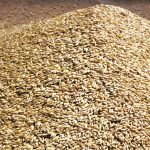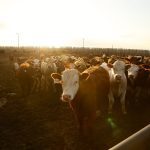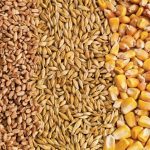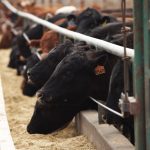Compared to last week, western Canadian prices for yearlings over 800 lbs. were quoted steady to $4 higher; feeders between 600-800 lbs. were relatively unchanged while calves under 600 lbs. were $5-$10 higher. The market for calves under 600 lbs. was hard to define due to limited volumes. Alberta packers were buying fed cattle on













